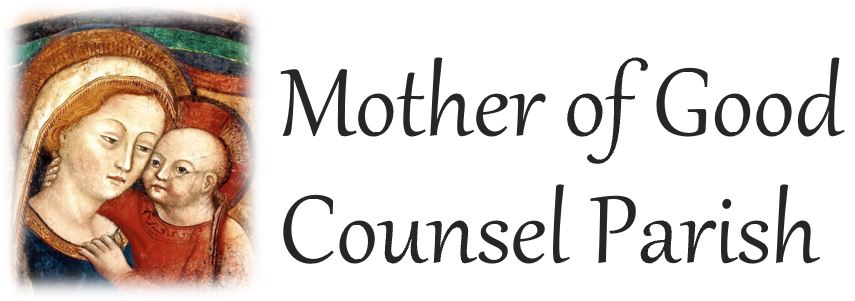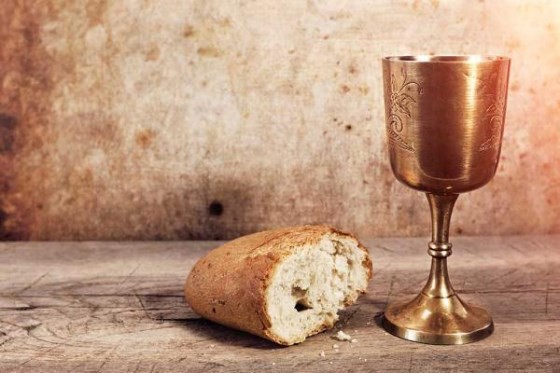This passage continues the extended discourse on the Bread of Life. The passage shows the crowd bristling at Jesus describing himself as the ‘bread that came down from heaven’. They dismiss his claim because they know his earthly parents, Mary and Joseph. How could he have come down from heaven if they are aware of his parents on earth? It must also be remembered that Jewish tradition held firm to the idea of God as one God only, with no offspring or personified manifestations. For the Jews of Jesus’ time, the very idea of Jesus being the Son of God was completely blasphemous. But this gospel is a Christian document, written at a time when the Christians and Jews were emphasising their differences.
Jesus replies to the complaints of the crowd through an extended image. He depicts the intimate relationship that exists between himself and the Father. Later, this discourse will be drawn on in the argument about the divinity of Jesus and that he is ‘one in being with the Father’. Those who are drawn to Jesus and his message are – perhaps unknowingly – drawn by the Father and by listening to the teaching of Jesus they are in fact drawing closer to the Father. It is a somewhat complicated image that Jesus paints but at its heart he emphasises the intertwined nature between Father and Son. Refuting the concern of the crowd, Jesus again describes himself as the living bread that has come down from heaven. Unlike the manna the people ate in the desert that sustained them physically for a short period of time, the living bread of Jesus will sustain those who believe for all time.
© Greg Sunter
Read more from here Parish Bulletin_11.08.2024
Embracing the areas of Innisfail, Mourilyan, South Johnstone & Babinda

